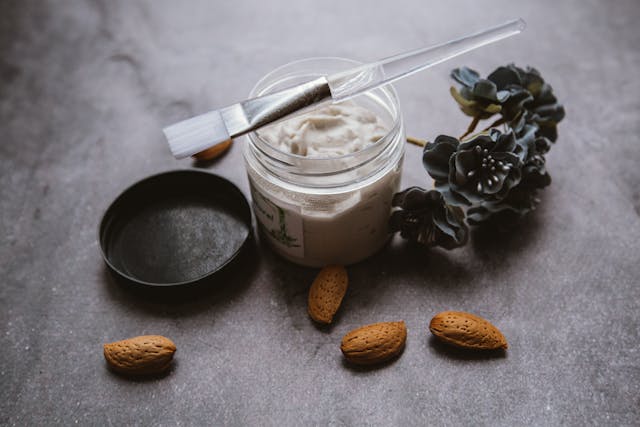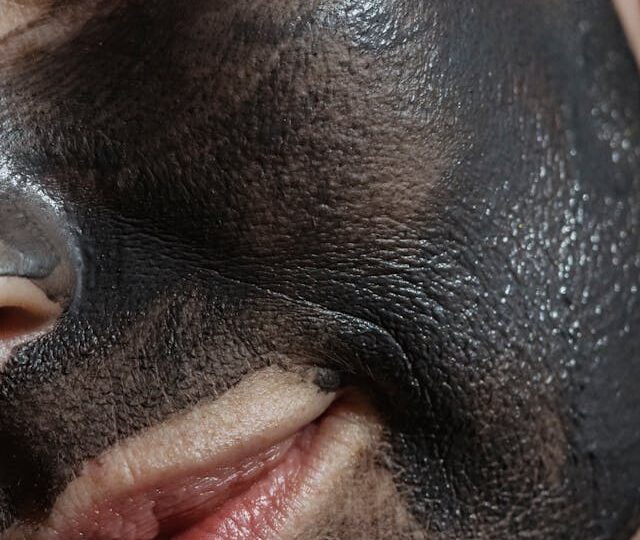Welcome back to GertieBlu, your go-to blog for everything skincare! Today, we’re diving deep into one of the most popular (and sometimes confusing) skincare products: face masks. Whether you’re a skincare newbie or a seasoned enthusiast, there’s no denying the allure of a good face mask. But with so many types on the market, it can be overwhelming to choose the right one. So, let’s break it down together.
Why Use a Face Mask?
First things first—why should you even consider adding a face mask to your skincare routine? Face masks offer a targeted treatment for your skin concerns, whether it’s dryness, oiliness, or dullness. They’re like a supercharged version of your everyday skincare products, delivering potent ingredients deep into the skin in just a few minutes.
Using a face mask can:
- Hydrate and nourish your skin.
- Draw out impurities from clogged pores.
- Brighten your complexion.
- Exfoliate dead skin cells, leaving you with a smoother texture.
- Provide a luxurious, spa-like experience at home.
Now, let’s explore the different types of face masks and how they can benefit your skin.
1. Clay Masks
Best For: Oily skin.
Clay masks are a godsend for those with oily skin. They work by absorbing excess oil and drawing out impurities from deep within your pores. The most common clays you’ll find in these masks are kaolin and bentonite.
Benefits:
- Reduces shine by absorbing oil.
- Helps clear out blackheads and whiteheads.
- Minimizes the appearance of pores.
How to Use: Apply to clean, dry skin and leave on for 10-15 minutes. Use 1-2 times a week, depending on your skin type.
2. Sheet Masks
Best For: All skin types, especially dry or dehydrated skin.
Sheet masks are pre-soaked, single-use masks that are usually made from cotton or hydrogel. They are drenched in a serum full of skin-loving ingredients like hyaluronic acid, vitamins, and antioxidants.
Benefits:
- Provides intense hydration.
- Delivers a concentrated dose of active ingredients.
- Leaves skin plump and glowing.
How to Use: Apply to clean skin, adjust the mask to fit your face, and leave on for 15-20 minutes. After removing, gently pat any remaining serum into your skin.

3. Peel-Off Masks
Best For: Dull skin and clogged pores.
Peel-off masks are fun and satisfying to use! They typically contain ingredients like charcoal or fruit extracts and are designed to adhere to the top layer of your skin. Once dry, you peel it off, taking dead skin cells, dirt, and other impurities with it.
Benefits:
- Exfoliates and brightens the skin.
- Helps unclog pores.
- Provides a temporary tightening effect.
How to Use: Apply a thin layer to clean, dry skin, avoiding the eye area and eyebrows. Leave on until completely dry (about 20-30 minutes), then peel off from the edges. Use 1-2 times a week.
4. Gel Masks
Best For: Sensitive and dehydrated skin.
Gel masks are cooling and soothing, making them ideal for sensitive or irritated skin. They often contain hydrating ingredients like aloe vera, cucumber, and glycerin.
Benefits:
- Soothes irritation and redness.
- Hydrates without feeling heavy.
- Provides a cooling sensation that refreshes the skin.
How to Use: Apply a generous layer to clean skin and leave on for 10-20 minutes. You can rinse it off or, for extra hydration, leave a thin layer on overnight.
5. Exfoliating Masks
Best For: Dull and uneven skin texture.
Exfoliating masks are designed to slough off dead skin cells and promote cell turnover. They often contain alpha hydroxy acids (AHAs) like glycolic or lactic acid, or physical exfoliants like microbeads.
Benefits:
- Reveals a brighter complexion.
- Smooths out rough texture.
- Helps promote a more even complexion.
How to Use: Apply to clean skin and leave on for 5-10 minutes if it’s a chemical exfoliant, or gently massage in circular motions if it’s a physical exfoliant. Use no more than 1-2 times a week to avoid over-exfoliation.
6. Overnight Masks
Best For: Dry and mature skin.
Overnight masks, also known as sleeping masks, are the ultimate way to wake up with glowing skin. These masks are designed to be the last step in your nighttime routine, sealing in moisture and other active ingredients while you sleep.
Benefits:
- Provides deep hydration.
- Helps repair and regenerate skin overnight.
- Leaves skin soft and supple by morning.
How to Use: Apply a thin layer to your face as the final step in your nighttime skincare routine. Leave on overnight and rinse off in the morning.


Do Face Masks Really Benefit Your Skin?
The short answer is yes—but it depends on the mask and your skin type. Face masks can offer quick and visible results, especially when used consistently. However, they should complement, not replace, your regular skincare routine. For the best results, choose a mask tailored to your specific skin needs and use it as directed.
Remember, while face masks can be a great addition to your skincare arsenal, your everyday routine (cleanser, moisturizer, sunscreen) is still the foundation of healthy skin. Think of face masks as a little extra something special for your skin—a treat that helps you target specific concerns and enjoy a bit of self-care.
Final Thoughts
So, whether you’re looking to hydrate, detox, or simply pamper your skin, there’s a face mask out there for you. The key is to choose the right one for your skin type and needs, and to use it as part of a balanced skincare routine. Your skin will thank you for it!
Until next time, stay glowing, GertieBlu readers!









